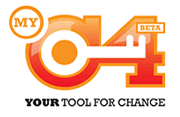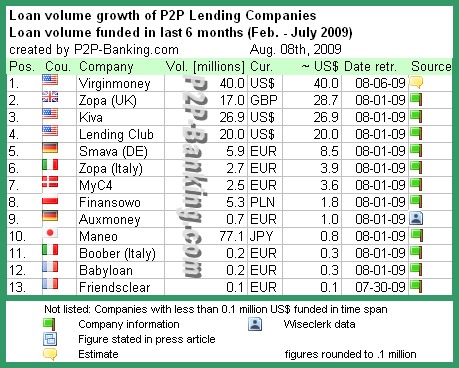 MYC4 has announced that the software development department of MYC4 will move form Kampala, Uganda to Copenhagen, Denmark where the MYC4 headquarter is located.
MYC4 has announced that the software development department of MYC4 will move form Kampala, Uganda to Copenhagen, Denmark where the MYC4 headquarter is located.
Quote from the announcement by CEO Mads Kjaer:
Dear Community,
After long and careful consideration, MYC4 has decided to move the software development department from Kampala, Uganda, to the Copenhagen office. The decision is made in close connection with MYC4’s strategic focus on streamlining the organization by focusing all efforts on (a) building a solid and scalable IT platform, (b) creating a strong basis for growth in Africa, and (c) improving the capacity and quality with MYC4’s current Partners.
There are two crucial reasons behind this decision:
Creating an effective cooperation between Copenhagen and Kampala has proven too complex. The Development Team in Kampala is strong and hardworking, but the current setup does not allow us the close dialog, sharing of ideas, productivity and flexibility that we require. To give an example of the challenges – the internet connection to the Kampala office, which we share with another company, is one of the best available, yet it is only 750 Kbits/second and is expensive (30,000 DKK/month).
The overhead costs are too high. Especially “hidden costs†for travel, slower development, waiting time and rework due to difficulties in communication.
Initially we saw a lot of benefits from having the software development team located in Africa. However, after having kept trying to improve to set up and make development run flexibly, we must face the fact that the setup is too complex to meet the demands and goals for MYC4’s development. Therefore, over a transition period of 2 months, the Kampala Office will be closed and a software development department established in Copenhagen.
…
Despite the fact that this is a difficult situation with personal as well as practical consequences, we are confident that it is the only thing to do in order to meet MYC4’s mission and vision and ensure the long term quality and scalability of the platform. …
(Source)


